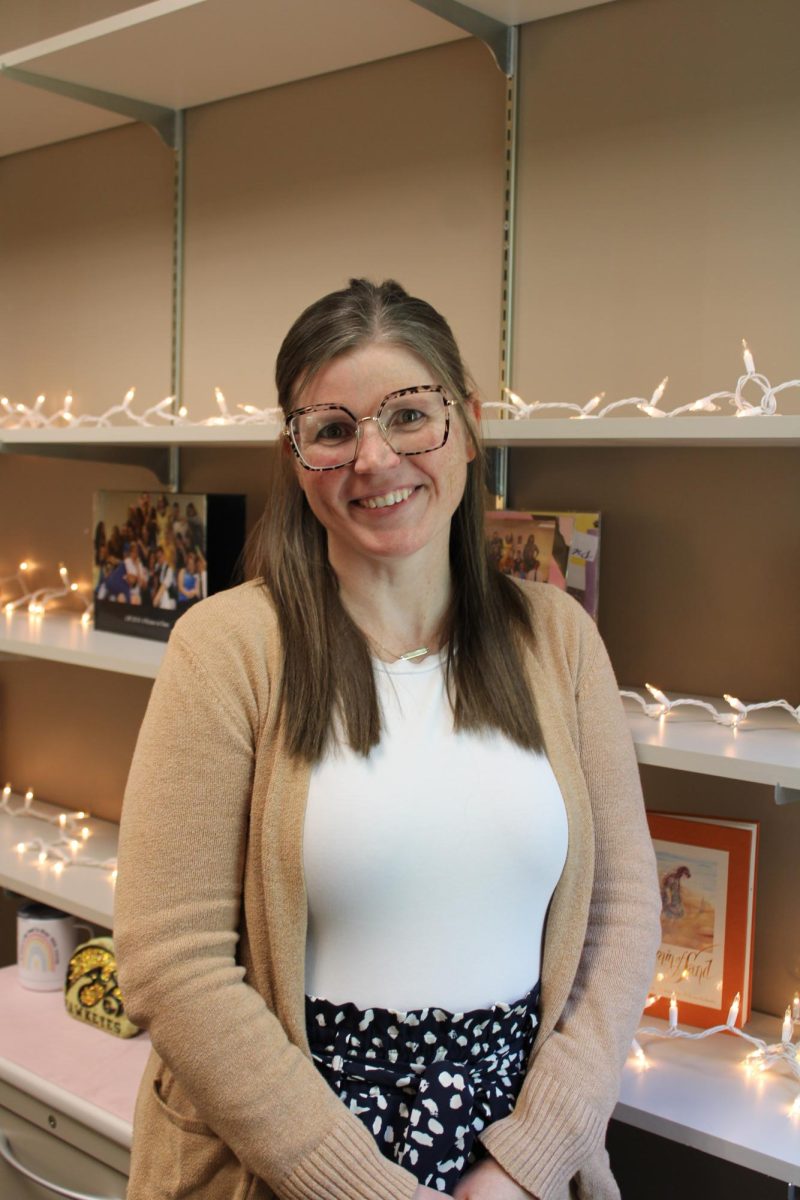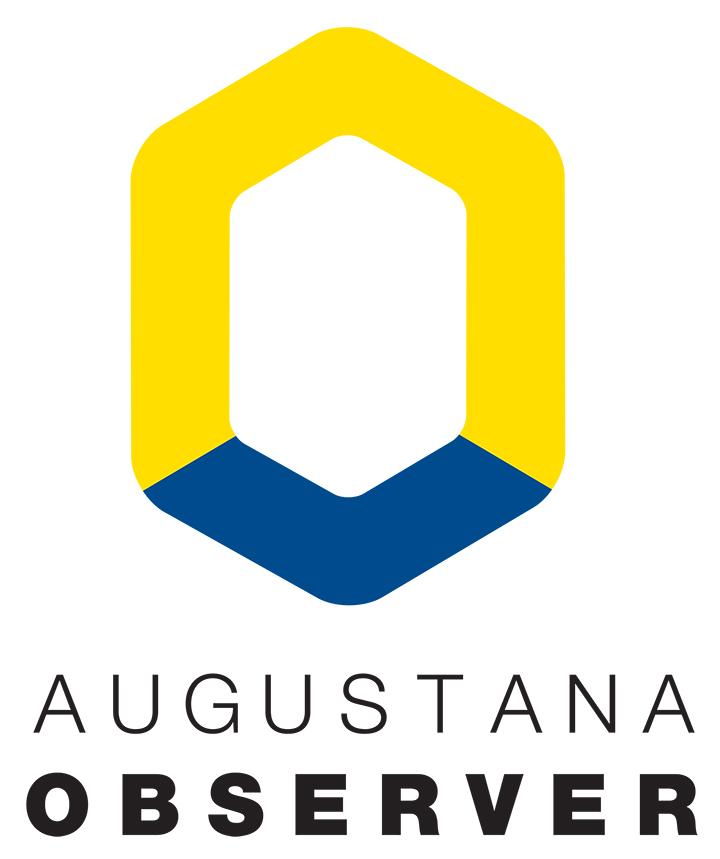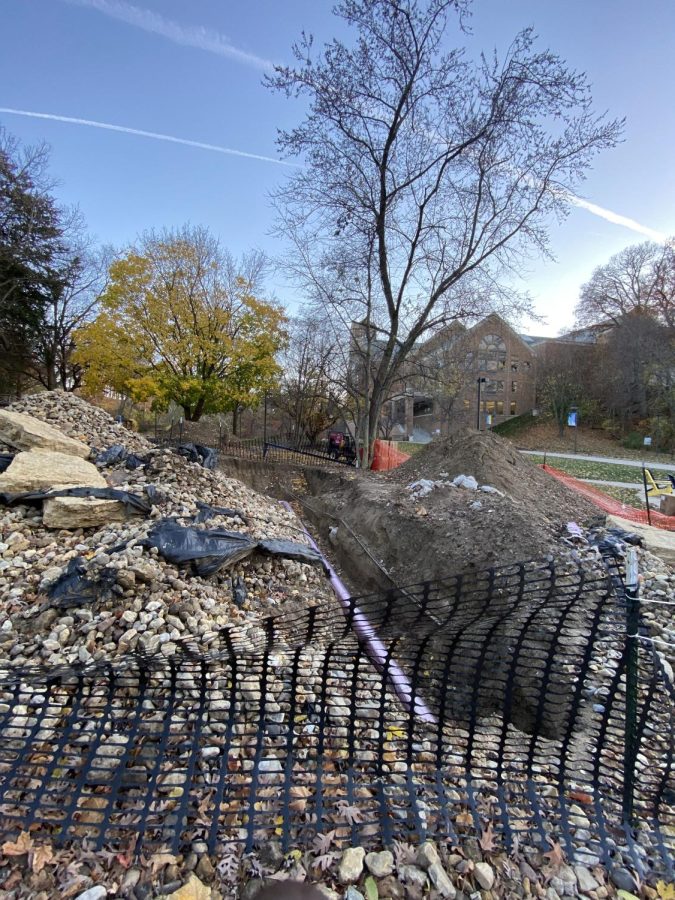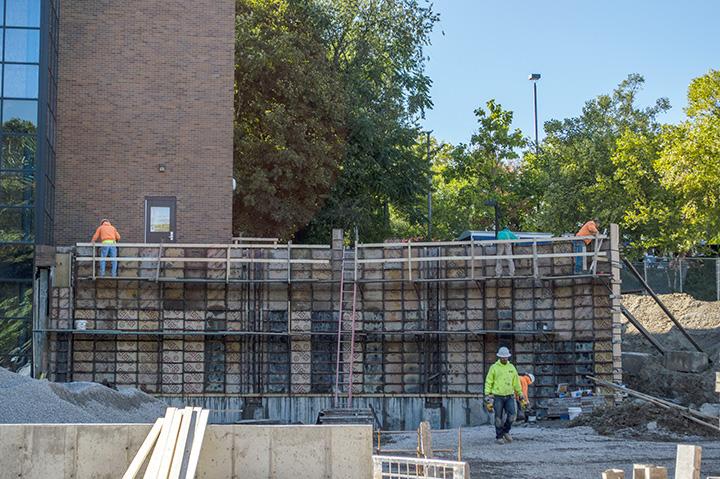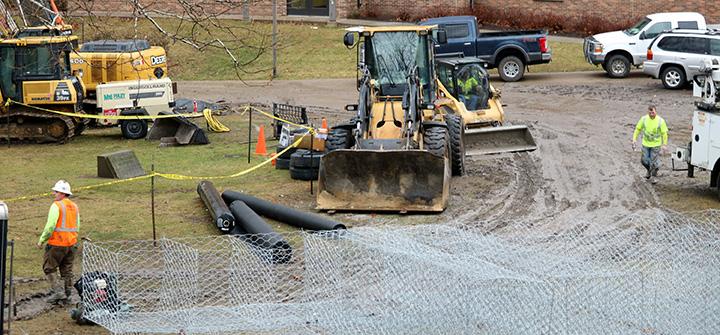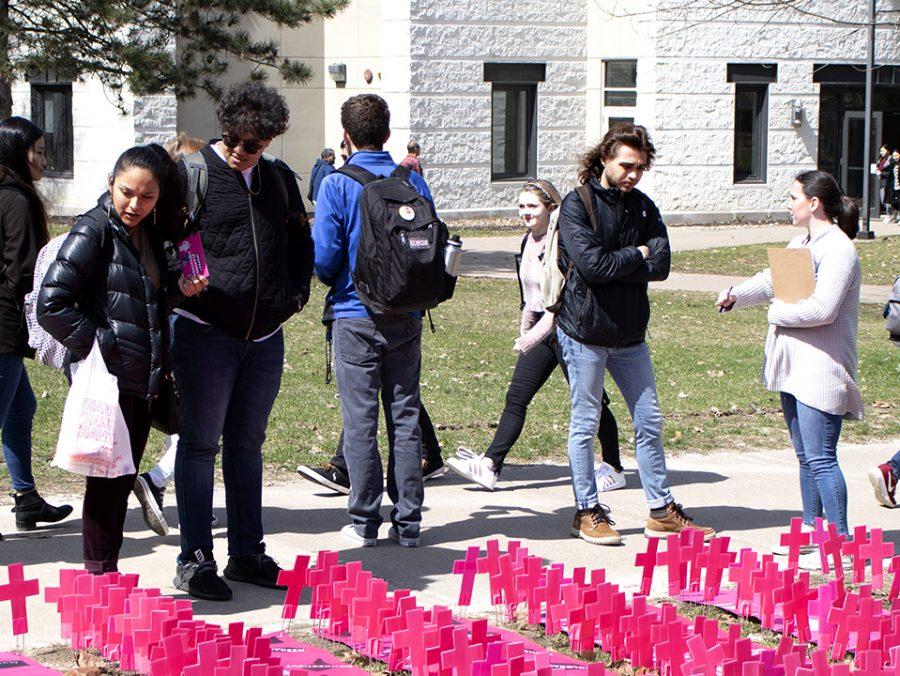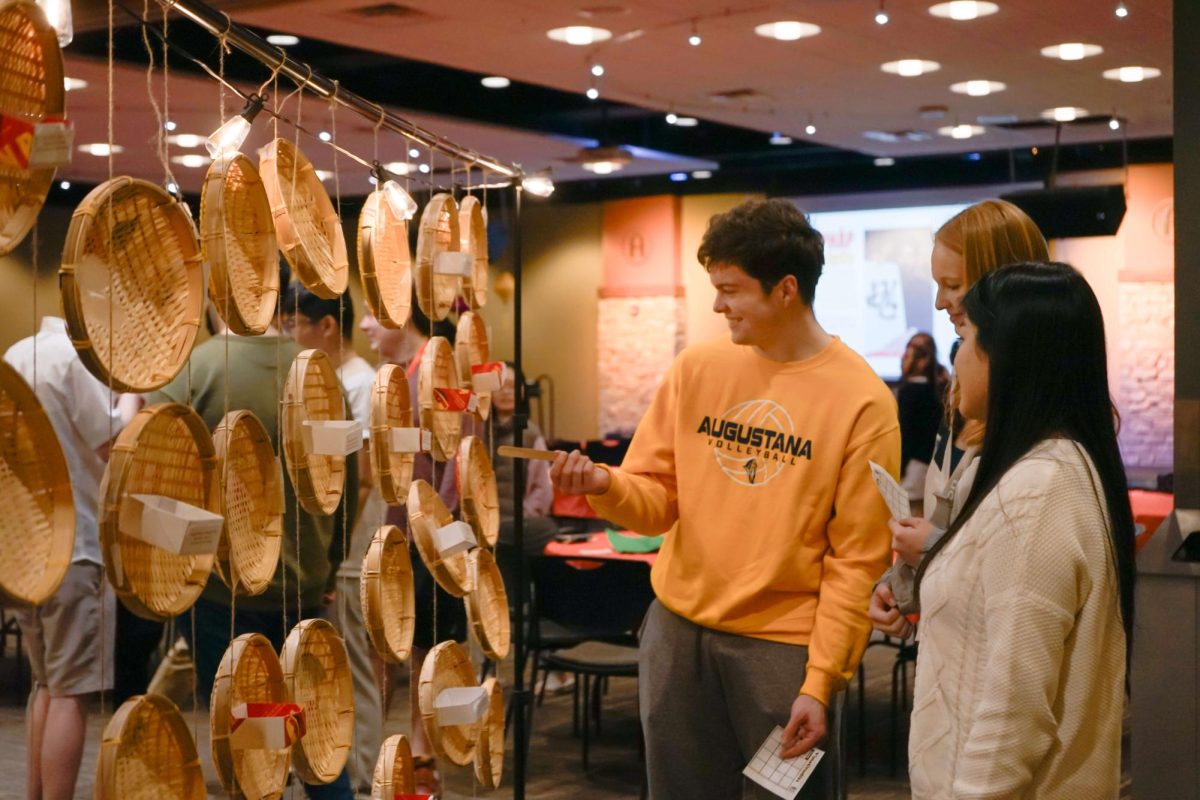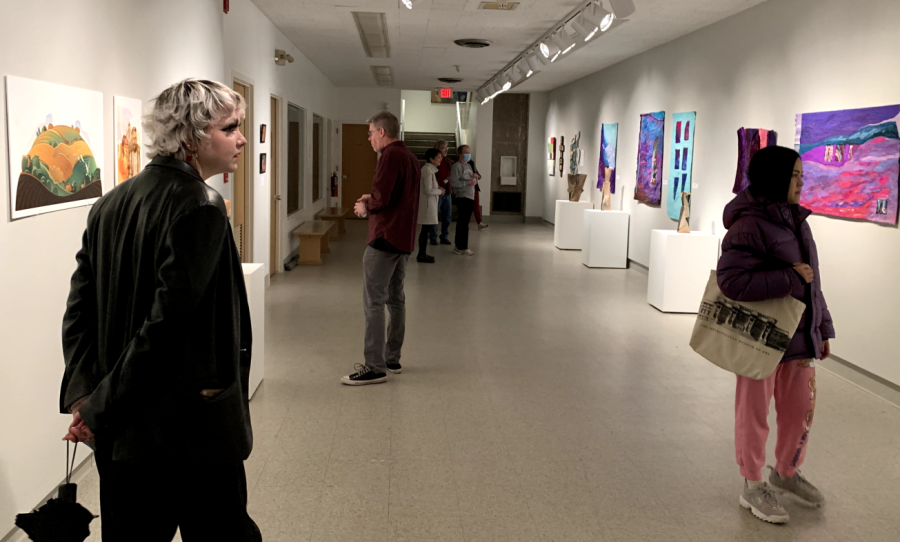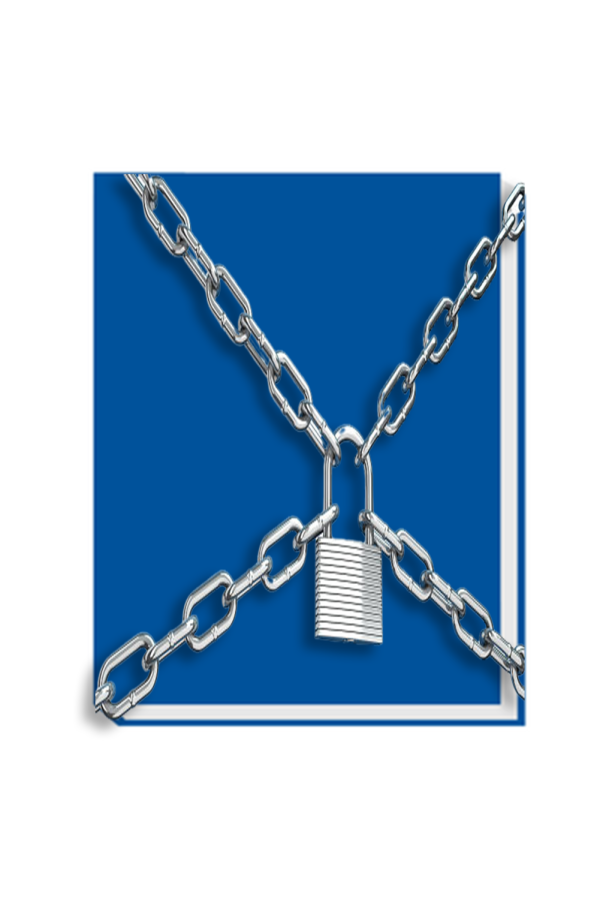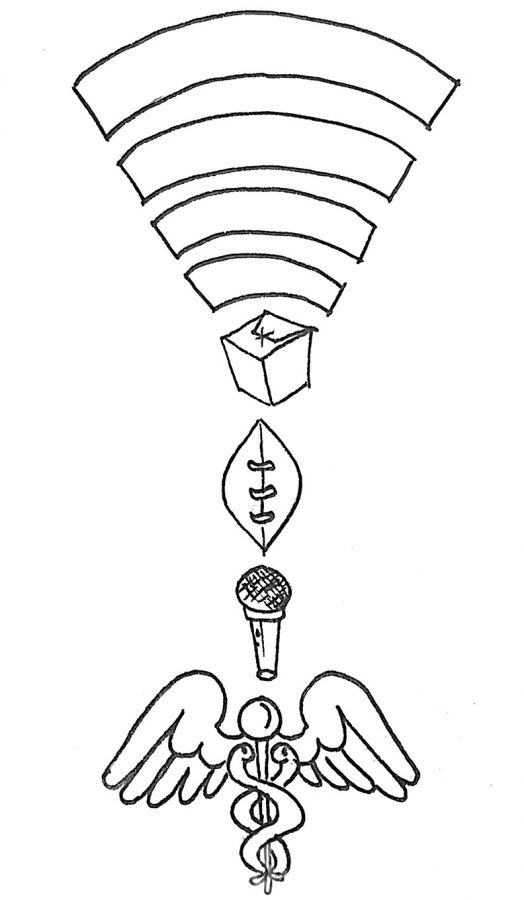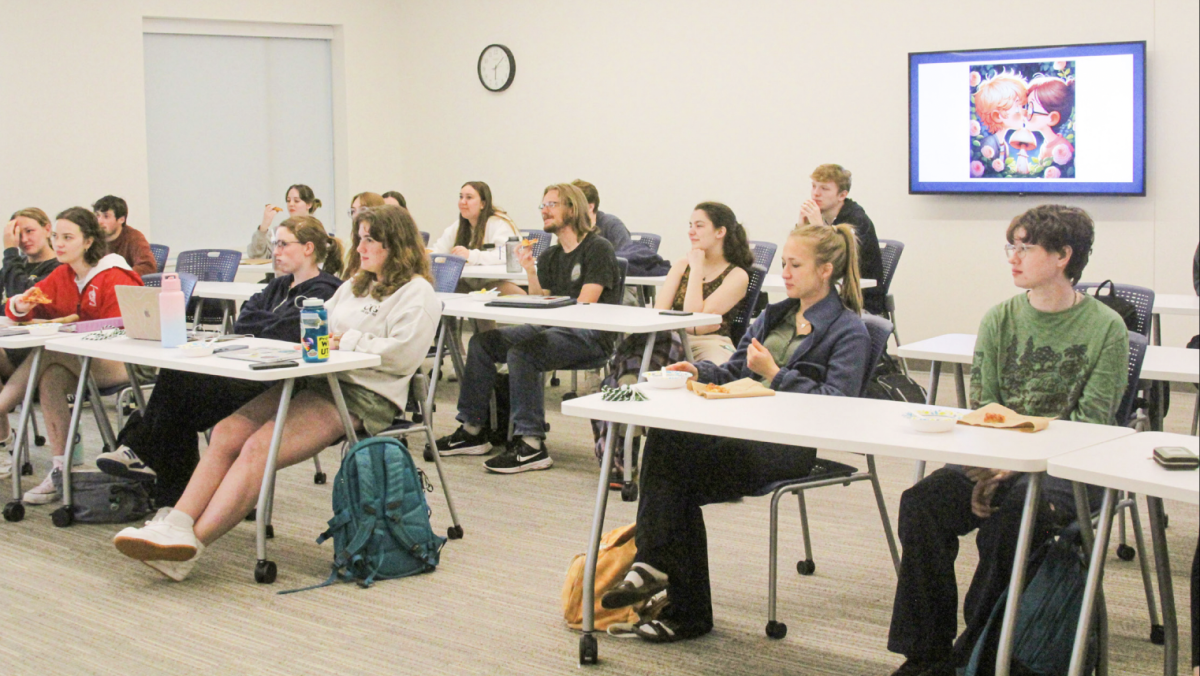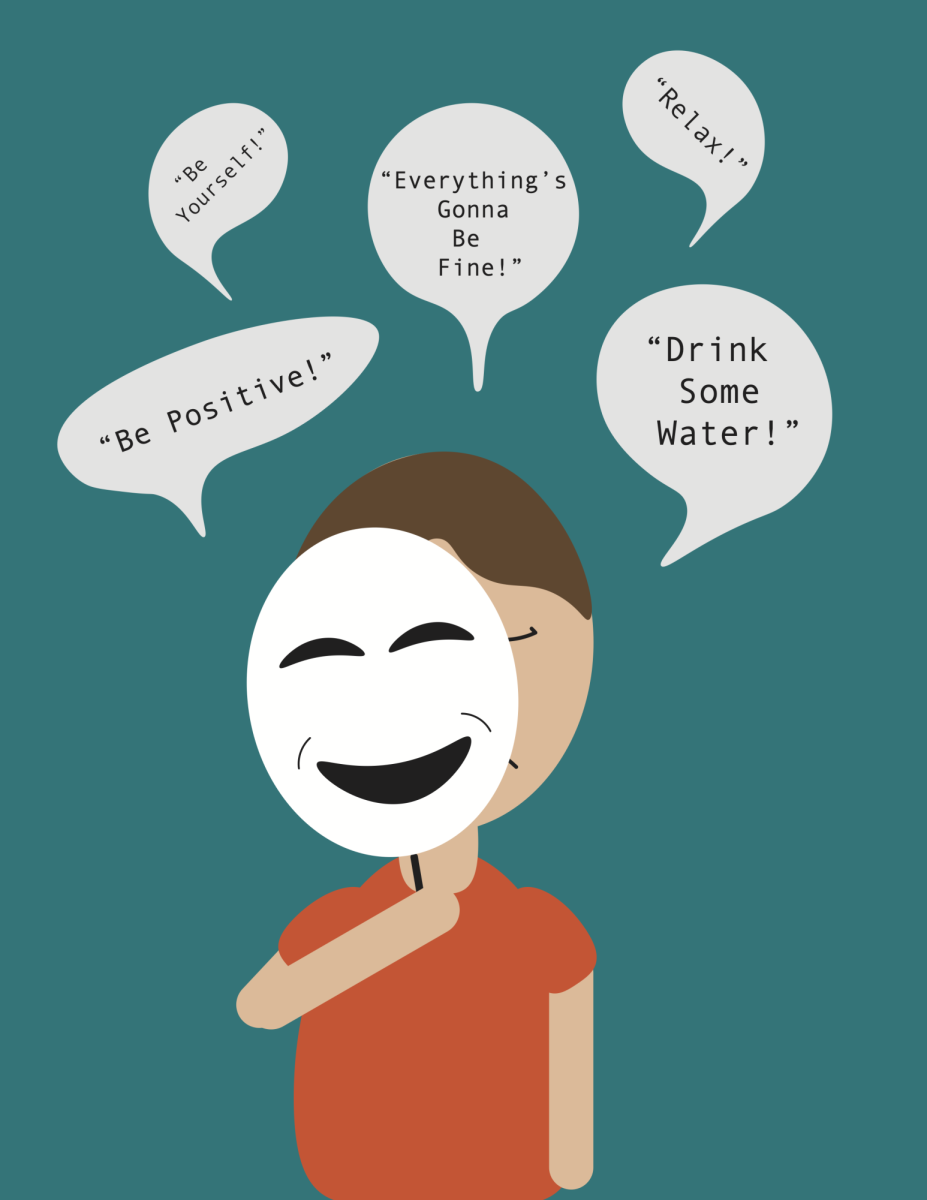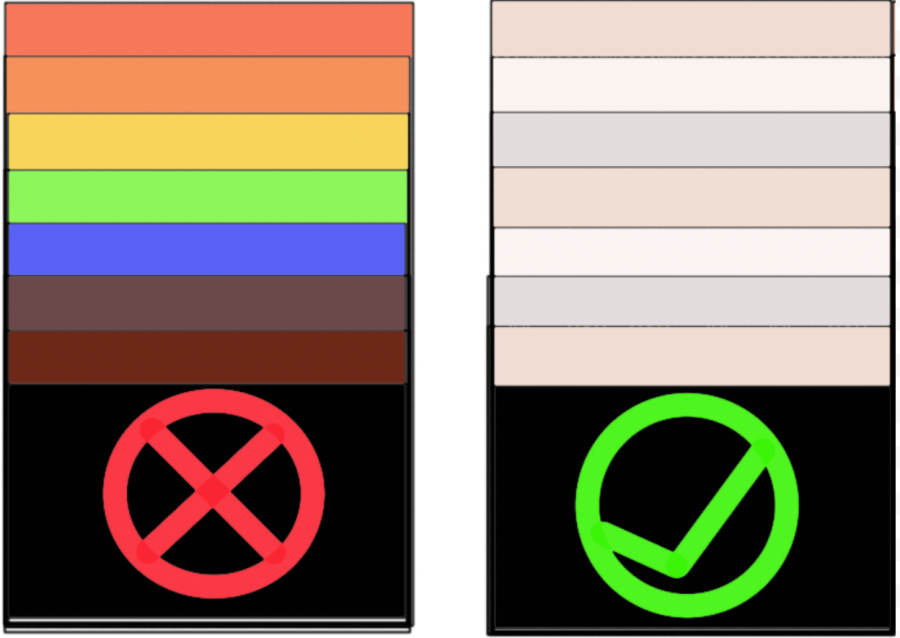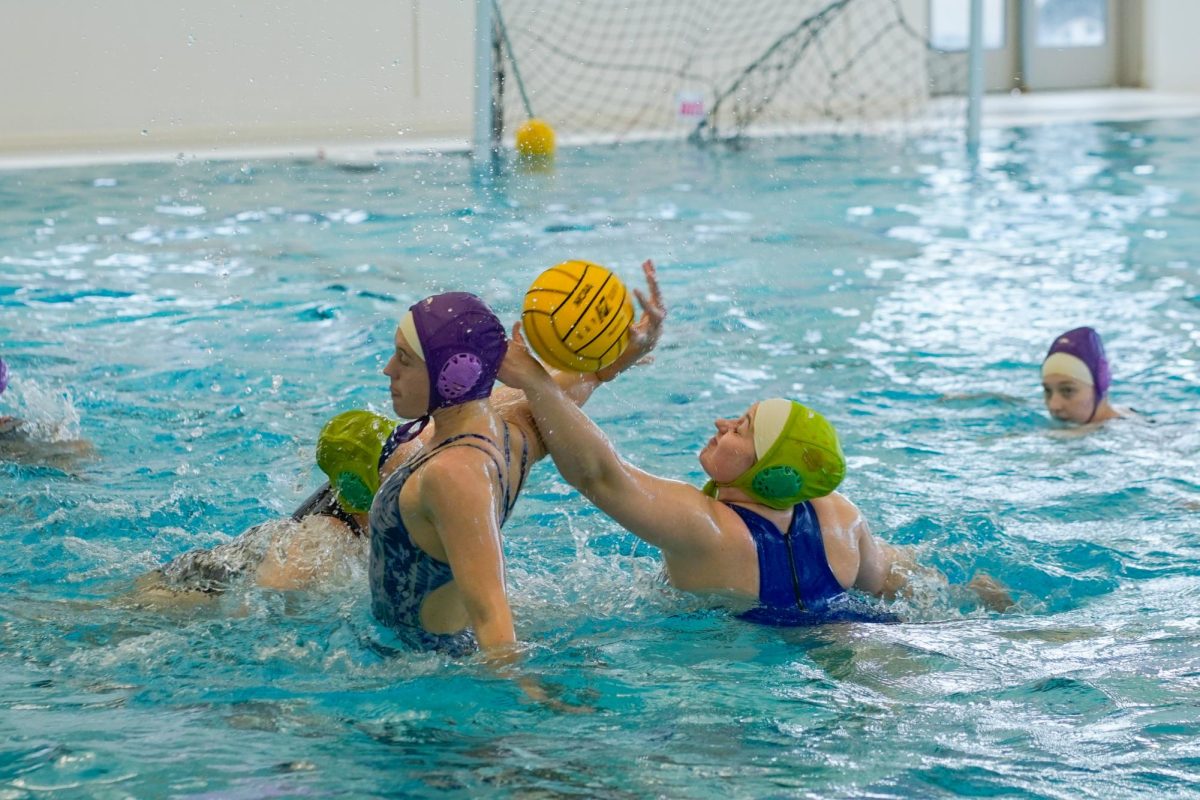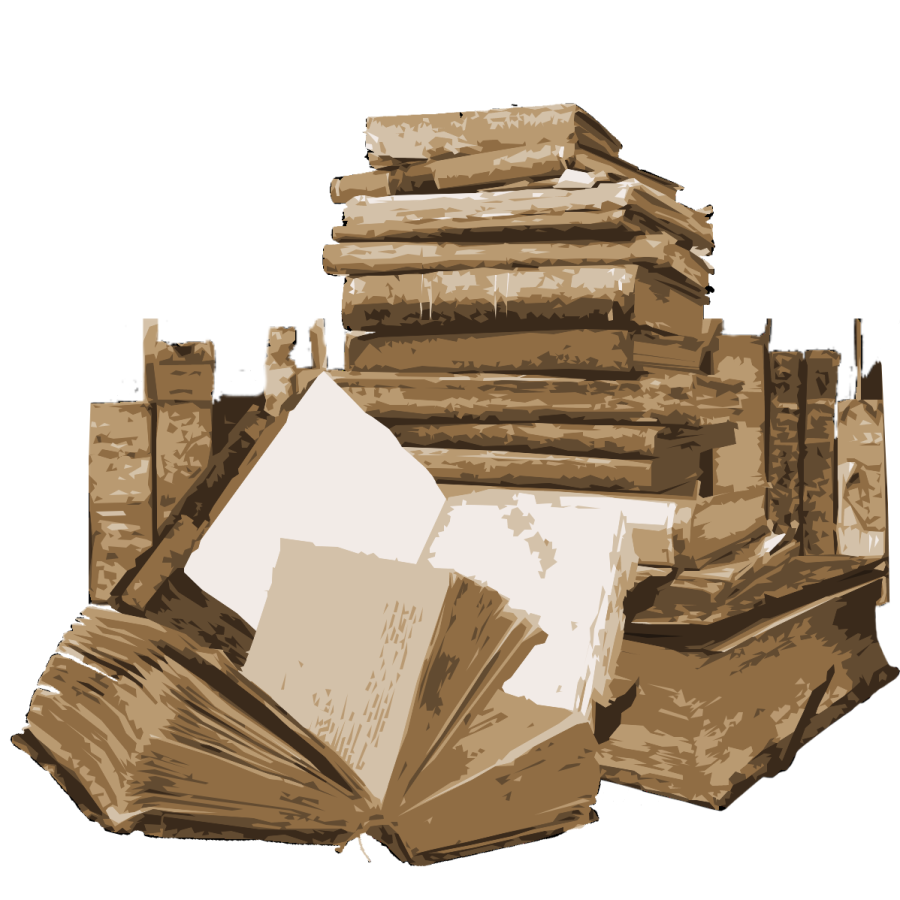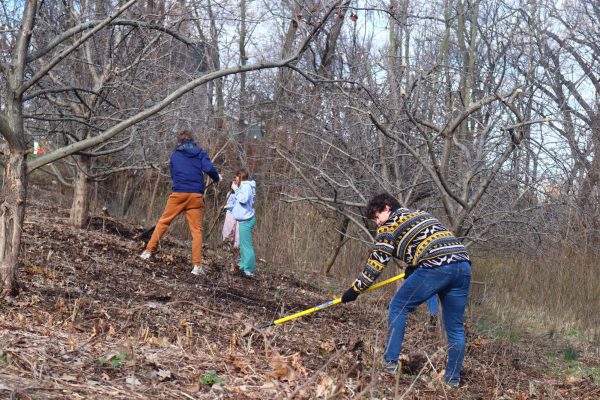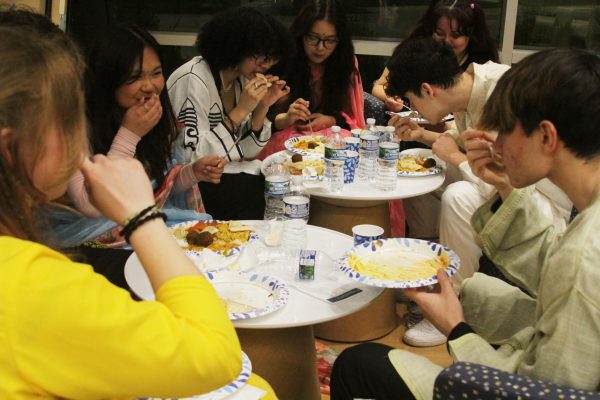Special Collections and how it can help you
April 22, 2022
On the right, when you first walk into the Special Collections area/reading room, there is a row of cases that have a constantly changing theme. Right now they have an incredible collection of different and unique art books on display.
Special Collections is an amazing collection of old manuscripts, books, pictures and so much more. Some of the items in Special Collections are hundreds or even thousands of years old. The oldest artifact is the Cuneiform Tablet that is dated around 2,000 BCE. So, if you need something for a research project, Special Collections more than likely has something for you.
The purpose of Special Collections is to preserve and keep old relics and artifacts safe. This is for current and future generations to learn about the past.
Once you enter the Special Collections area, you are greeted by one of the friendly student workers at the front desk. From there, you get a sheet of paper and sign in to Special Collections. You can tell the student worker what you would like to look at or you can have them or a librarian help you find something. Once you have the work you are looking for, you are allowed to examine it in the Special Collections reading area.
While I was at Special Collections, I got to talk to librarian Micaela Terronez. Not only did I learn a lot about Special Collections from her, but she also gave me a tour of Special Collections.
I found out that everything is categorized and shelved, and that Special Collections is a lot bigger than I originally thought it was. There are shelves upon shelves of books, articles, artifacts and so much more.
One of the things I found the most interesting was that the boxes that contained loose pieces of paper and manuscripts all had small metal pieces on the sides of the boxes. This is in case one of the shelves collapses, so all of the papers inside will remain safe.
Terronez told me that Special Collections is divided into five different categories: manuscripts, books, vertical files, photographs and digital collections. The one category I had never heard of before was vertical files. Vertical files are used to document people, organizations, events and other subjects. They also have an oversized section dealing with maps and other large items that could be considered a section of its own.
One of the perks of Special Collections is you can search for items online. That way if you don’t know exactly what you need for your research you can get an idea, or if you don’t have time to go into Special Collections, you can use what you found in their online database for your work. You can look for manuscripts, books, vertical files, photographs and/or digital collections at any of these links.
If you have not been to Special Collections or taken a look at their online collections, then you definitely should. Special Collections offers a once-in-a-lifetime experience that you can only find here at Augustana.
If there is one takeaway I learned visiting Special Collections, it would be how large it is and how easy it is to find what you are looking for. Special Collections holds so many unique and amazing items about Augustana, Quad Cities history and so much more.
Special Collections is open Monday through Thursday from 1 to 5 pm on the first floor of the Thomas Tredway Library. If you have any questions, you can email the Special Collections at [email protected] or you can email Special Collections librarian Micaela Terronez at [email protected].
